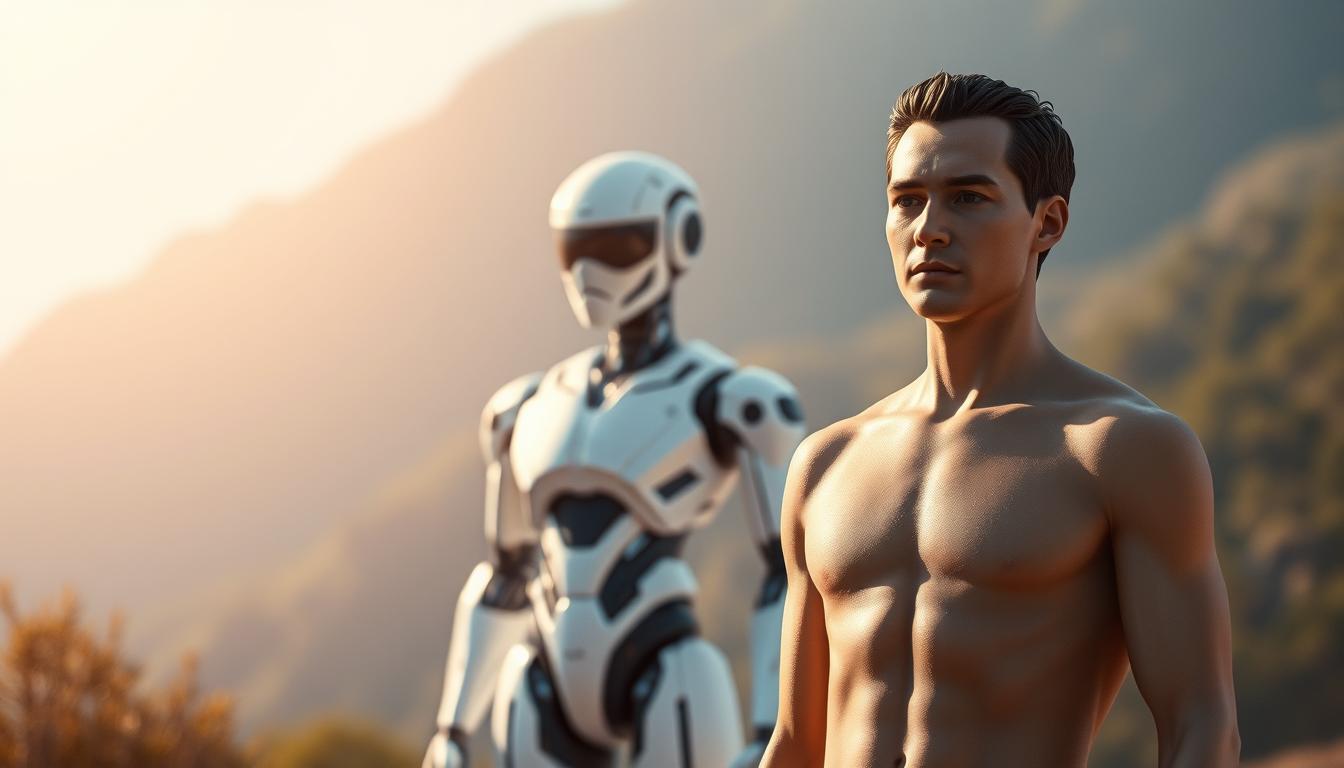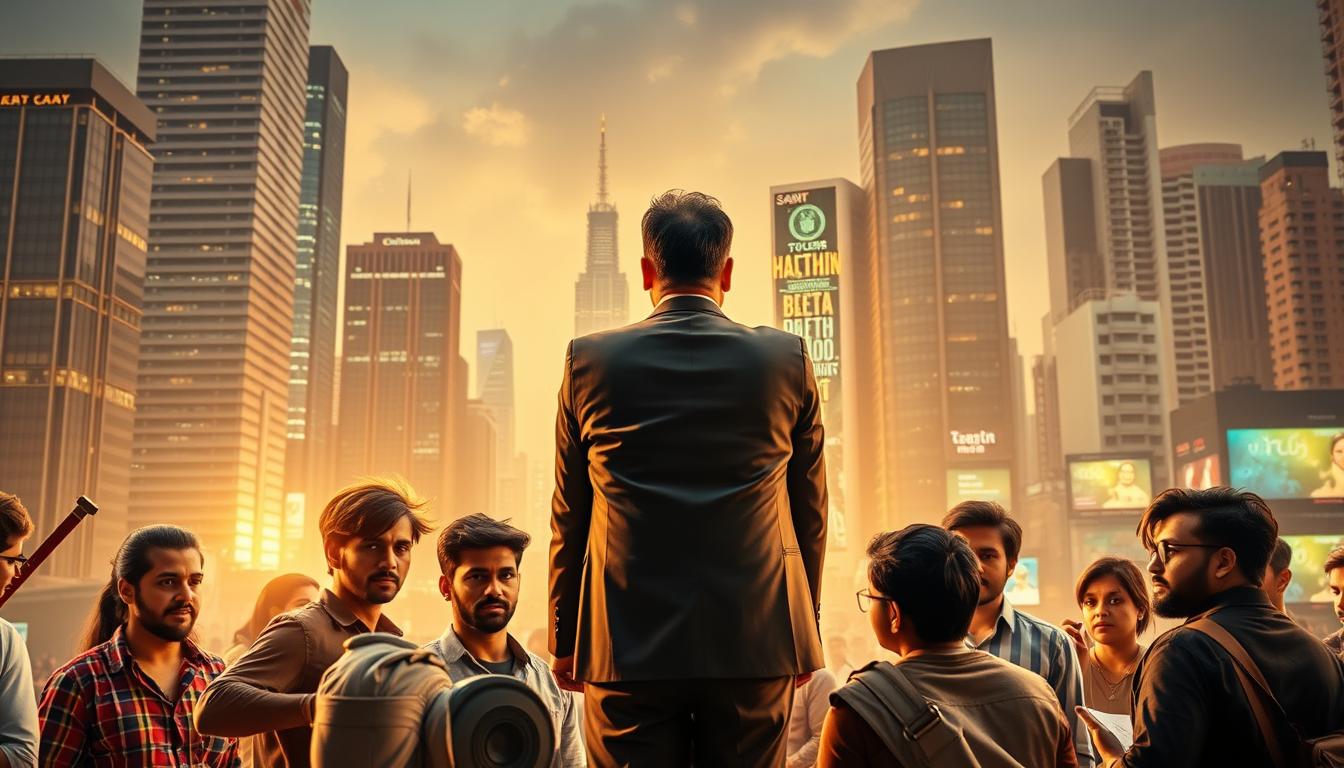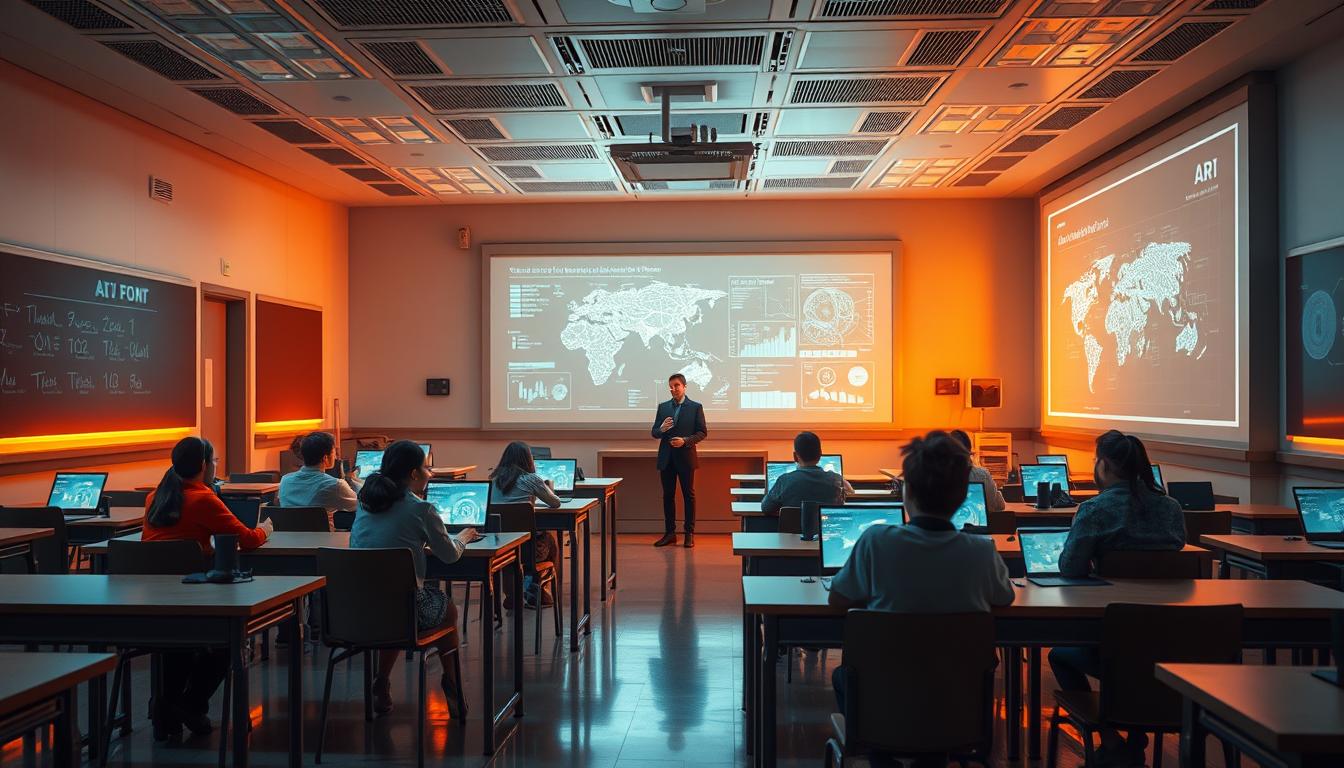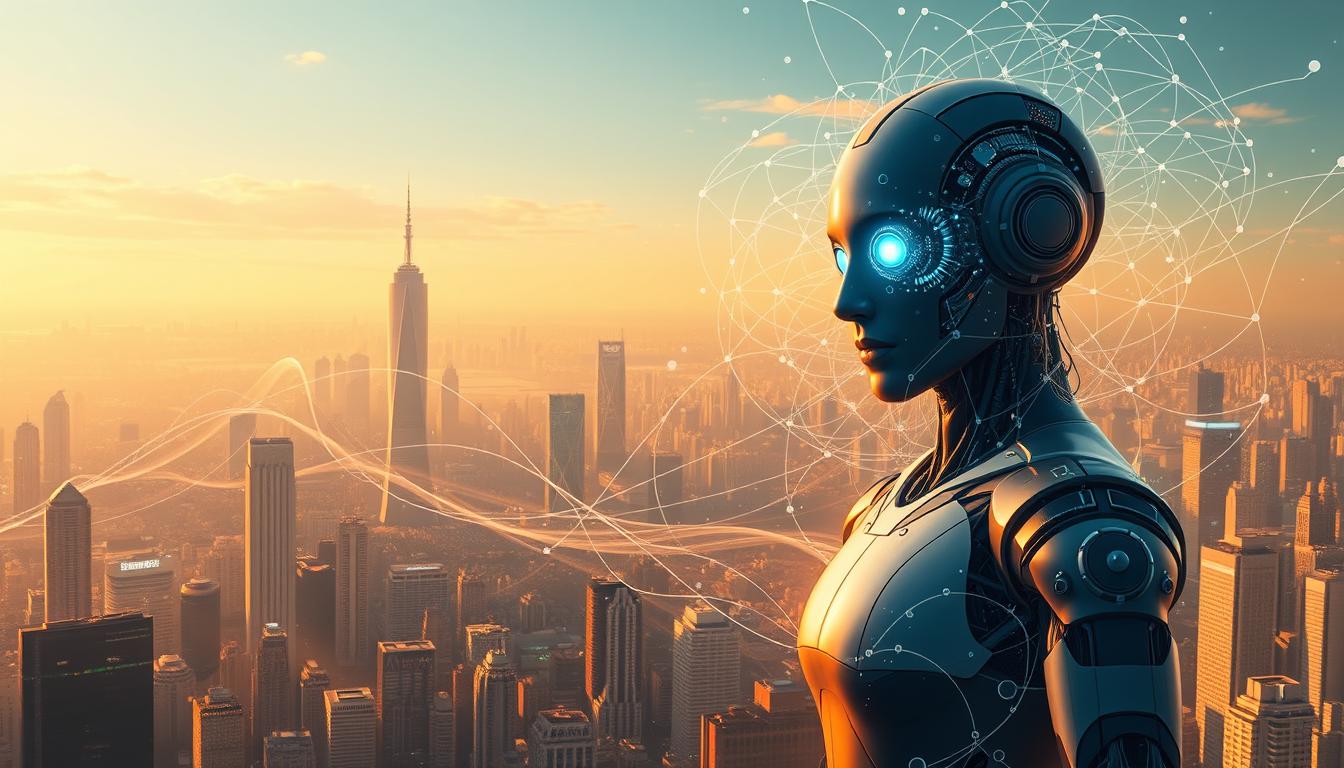
The Evolution of AI in Filmmaking: How Veo 3 is Shaping the Future
The intersection of artificial intelligence and cinema is no longer a futuristic fantasy — it’s today’s reality. From scriptwriting assistance to virtual actors and hyper-realistic visual effects, AI is transforming every frame of the filmmaking process. And with the recent release of Veo 3, OpenAI’s latest generative video model, the future of filmmaking is taking an even more groundbreaking leap. But what exactly is Veo 3, and how is it redefining creativity in the film industry? Let’s explore the evolution of AI in filmmaking, the game-changing capabilities of Veo 3, and what this means for creators, studios, and audiences around the world.

A Brief History of AI in Filmmaking
AI has been making quiet but significant inroads into the film industry for over a decade. What began with simple algorithms for recommending movies on Netflix has evolved into more complex tools used in script analysis, casting decisions, and even editing.
Some milestones in AI-driven filmmaking include:
- Script analysis tools like ScriptBook and Cinelytic that predict box office success or flag weak points in story arcs.
- Deepfake and de-aging technologies used in films like The Irishman (2019).
- AI-assisted editing tools like Adobe Sensei and RunwayML.
- Generative visuals and environments produced by AI, speeding up production pipelines in animation and VFX.
Despite this progress, one of the biggest limitations remained: generating realistic, cinematic-quality video directly from text or prompts. This is where Veo 3 comes in.

Introducing Veo 3: A Leap Forward in AI Video Generation
In 2025, OpenAI unveiled Veo 3, the third-generation model in its cutting-edge video generation series, positioning it as the most advanced AI video model available. Building on the success of earlier models like Sora, Veo 3 leverages multimodal deep learning to convert text prompts into stunning cinematic video clips. With lifelike lighting, seamless motion dynamics, and professional-grade composition, Veo 3 sets a new standard for AI video generation, making it ideal for creators seeking high-quality visual content.
Key Features of Veo 3:
- Text-to-Video Mastery: Veo 3 can turn simple text descriptions into dynamic videos, interpreting not just objects and characters but emotions, atmosphere, and cinematographic style.
- Style Conditioning: Users can generate videos in specific genres like horror, romance, sci-fi, or documentary — complete with the corresponding mood and visual tone.
- Temporal Consistency: One of the biggest breakthroughs — Veo 3 ensures that characters, motion, and details remain consistent from frame to frame, solving a common issue in earlier models.
- Resolution & Duration: Videos can be generated in up to 1080p resolution, with longer durations and fewer artifacts than before.
Prompt Chaining: Filmmakers can chain prompts together to create scene-by-scene continuity, effectively allowing for script-to-screen translation with minimal technical intervention.

How Veo 3 Is Transforming Filmmaking
Veo 3 is not just a novelty — it’s a tool with real-world applications for independent creators, production studios, and even marketers. Here’s how it’s changing the game:
1. Democratizing Visual Storytelling
In the past, creating visually stunning films required significant budgets, crews, and equipment. With Veo 3, a solo creator with a story can now visualize entire sequences with minimal resources.
Imagine an aspiring filmmaker generating a post-apocalyptic skyline, complete with dust storms and drones, from a few lines of descriptive text. That’s not just possible — it’s now accessible.
2. Rapid Prototyping & Storyboarding
Directors and screenwriters can use Veo 3 to prototype scenes and visualize how a script might look on screen. This shortens production timelines and helps secure funding or casting decisions by offering a compelling visual pitch.
3. AI as a Collaborative Creative Partner
Rather than replacing artists, Veo 3 serves as a creative collaborator. Writers can use it to test different emotional tones for a scene. Directors can visualize camera angles or lighting before stepping on set. Editors can experiment with multiple visual interpretations of a key moment — instantly.
4. Reimagining Animation & VFX
For animation and VFX-heavy productions, Veo 3 offers fast generation of background environments, pre-visualizations, and even character movements. This could drastically cut costs and allow for more creative risks.

Ethical & Creative Challenges
With every technological leap comes new responsibilities. The creative community is already debating several issues related to AI-driven filmmaking:
1. Originality & Ownership
Who owns the rights to AI-generated footage? The creator of the prompt? The AI company? This legal gray area is a hot topic, especially when AI models are trained on vast datasets of existing films and media.
2. Job Displacement
While Veo 3 enhances creativity, it also raises concerns about potential job loss in roles like concept artists, storyboarders, and even junior VFX editors. The key will be adaptation — using AI as a tool, not a replacement.
3. Authenticity in Art
Some critics argue that using AI undermines the authenticity of storytelling, making it harder to distinguish between human-crafted narratives and machine-assisted productions. Others counter that storytelling has always evolved alongside technology — from silent films to CGI, and now to AI.

Looking Ahead: The Future of AI in Cinema
If Veo 3 is any indication, the future of filmmaking is going to be faster, more visual, and more inclusive. We may soon see:
- AI-generated short films winning film festival awards.
- Crowdsourced prompts turned into entire community-made films.
- Interactive cinema, where audience input generates real-time alternate endings via AI.
- Real-time on-set visualization, where directors can change a scene’s weather, lighting, or tone with a voice command.
Acadewise Journal
Empowering Minds with Knowledge in Science, Tech, AI, and Beyond




